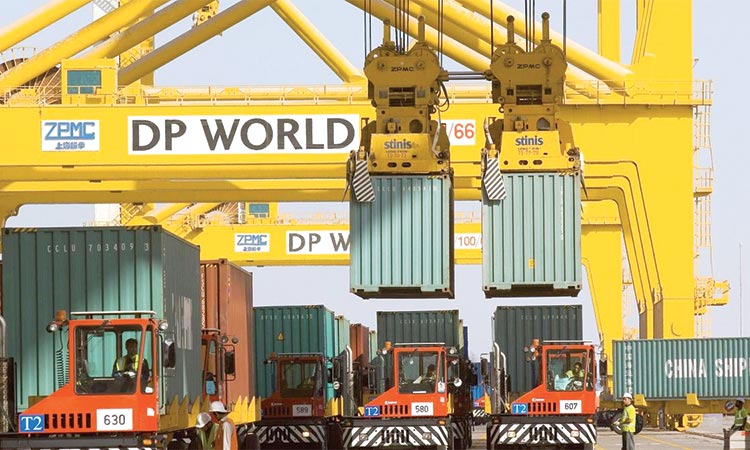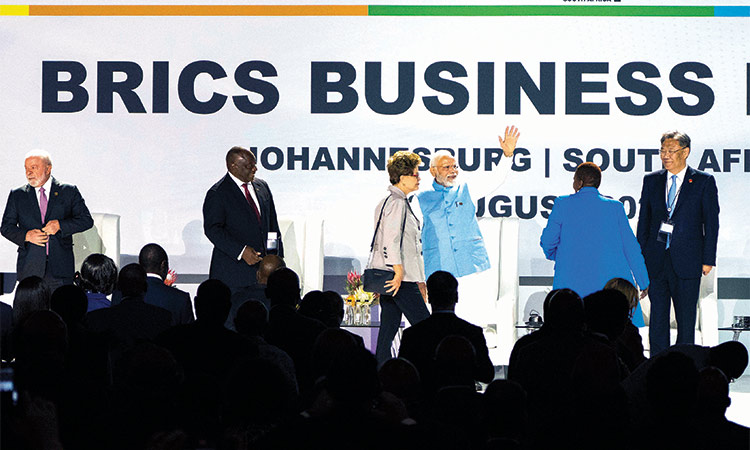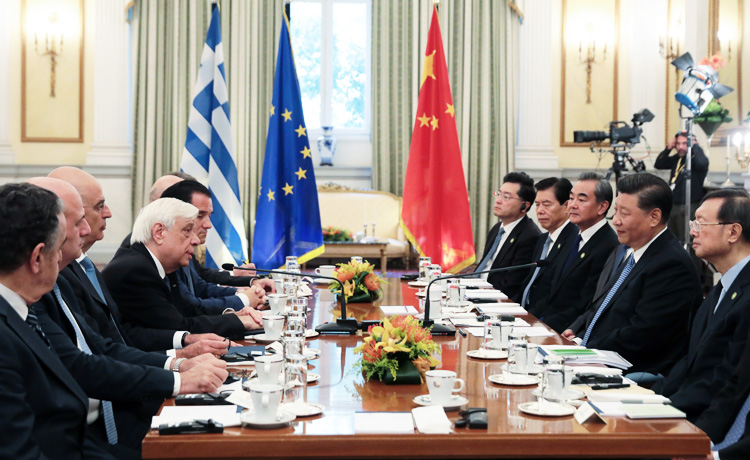UAE and five others join BRICS

The BRICS leaders pose for a group photograh.
There were different views though not openly expressed to the expansion plan. India formulated its response to the idea saying that the expansion should be made through consensus. China and host South Africa were more eager to admit new admissions of the six members. If BRICS were to become an influential grouping, it needed the muscle of larger numbers in the group. Russia and China seem to have felt this. With the addition of the six new members, the BRICS would now be an 11-countries group. The Middle East countries got the major representation with the inclusion of UAE, Saudi Arabia, Iran and Egypt. The inclusion of Argentina it is learned was favoured by Brazil.
The BRICS leaders spoke about the ‘Global South’, and this is seen as a new area of economic potential even as the European and North American economies seem to be going through a difficult phase in the post-Covid-19 phase. As a consequence, the BRICS members were looking for an alternative market as it were.
In the 1970s, there was the idea of North and South, with the North representing the developed economies and the South representing developing economies. This was the basis of what was the Brandt Report named after then West German Chancellor Willy Brandt in the 1970s. And the idea was mooted that there was need for South-South cooperation. Talk about ‘Global South’ revives the idea of South-South cooperation.
The acceptance of the six new members can only be seen as the beginning of the expansion of BRICS further, and it could become a larger organisation covering most of the Global South. BRICS would have to rename itself because as it stands now it represents the initials of the existing member-countries. If it were to become coterminous with the Global South, the name could serve as a good replacement for BRICS. It has also been observed, mainly among the Western experts, that a Russia isolated by Western sanctions because of the war in Ukraine, has been keen to find new markets, and the developing countries, especially in Africa, present a good prospect.
China, which is the second largest economy, is also keen to find new trade and strategic partners as Western pressure grows on hemming in China in the Indo-Pacific. It is India and Brazil, and more so India, which has friendly ties with the Western bloc, which is keen to keep the doors open to the West, though Indian Prime Minister Narendra Modi is keen on opening up the ‘Global South’.
But BRICS’ defining feature is that of an ‘emergent market economies’ and not exactly that of the developing countries. The definition of EMEs covers India, the UAE, Saudi Arabia in this part of the world, while Iran’s situation economic status remains to be analysed. Brazil is an EME in Latin America and so could be Argentina despite economic turbulence.
Egypt has the potential to be an EME, while Ethiopia falls in the developing country category. It is the economic strength of the EMEs in the BRICS – the old and the new members – which could help the developing countries to boost their respective economies. The BRICS then has to be grouping of the economically strong countries outside the European and North American zones. It is the growth potential of India, UAE and Saudi Arabia along with that of China which will make BRICS the influential player it wants to be.







